Building on nearly 15 years of research, physicists at the U.S. Department of Energy’s Thomas Jefferson National Accelerator Facility are exploring magnetrons as the drivers of modern particle accelerators. This could lower the carbon footprint of these energy-hungry machines and help them benefit society far beyond the realm of scientific research.
Tag: particle accelerators
Oxygen Tweaking May be Key to Accelerator Optimization
Researchers at the U.S. Department of Energy’s Thomas Jefferson National Accelerator Facility are exploring how adding oxygen to the surfaces of particle accelerator cavities, one of the most critical parts of an accelerator, can help scientists custom-tailor their properties for maximum efficiency and minimum cost.
Superconducting Electronics Show Promise for Future Collider Experiments
When superconductors encounter too much current, they can become resistive. Researchers can design microscopic electronic components that use this effect to create a switch, like a transistor. The resulting nanowire superconducting switching devices (called nano-cryotrons, or nTrons) show promise for future superconducting electronics or particle detectors.
Supercool Delivery: Final Section of Souped-Up Neutron Source Trucks Out of Jefferson Lab
As a longtime partner of Oak Ridge National Laboratory, Jefferson Lab has been supplying sections of particle accelerator called cryomodules – the supercooled behemoths that propel particles to near the speed of light for scientific research – for the Proton Power Upgrade (PPU) of the Spallation Neutron Source.
Department of Energy Announces $16 Million for Particle Accelerators for Science & Society
Today, the U.S. Department of Energy (DOE) announced $16 million in funding for advanced research projects in particle accelerator science and technology.
Department of Energy Announces $2.2 Million for U.S.-Japan Cooperative Research in High Energy Physics
Today, the U.S. Department of Energy (DOE) announced $2.2 million for 11 collaborative research projects in high-energy physics that involve substantial collaboration with Japanese investigators.
Department of Energy Announces $14.8 Million for Particle Accelerators for Science & Society
Today, the U.S. Department of Energy (DOE) announced $14.8 million in funding for advanced research projects in particle accelerator science and technology. Particle accelerators provide unique sources of light and particles that support the research of thousands of scientists worldwide, play a direct role in the production of more than $500 billion of goods annually, and treat more than 5 million cancer patients each year.
Particle Accelerators May Get a Boost from Oxygen
Scientists have developed a new theoretical model for preparing particle accelerator structures made of niobium metal. The model predicts how oxygen in the thin oxide layer on the surface of the niobium metal moves deeper into the metal during heat treatment. Tests indicate that the treatment should improve accelerator structure performance and make accelerators easier to build.
How to catch a perfect wave: Scientists take a closer look inside the perfect fluid
Scientists have reported new clues to solving a cosmic conundrum: How the quark-gluon plasma – nature’s perfect fluid – evolved into the building blocks of matter during the birth of the early universe.
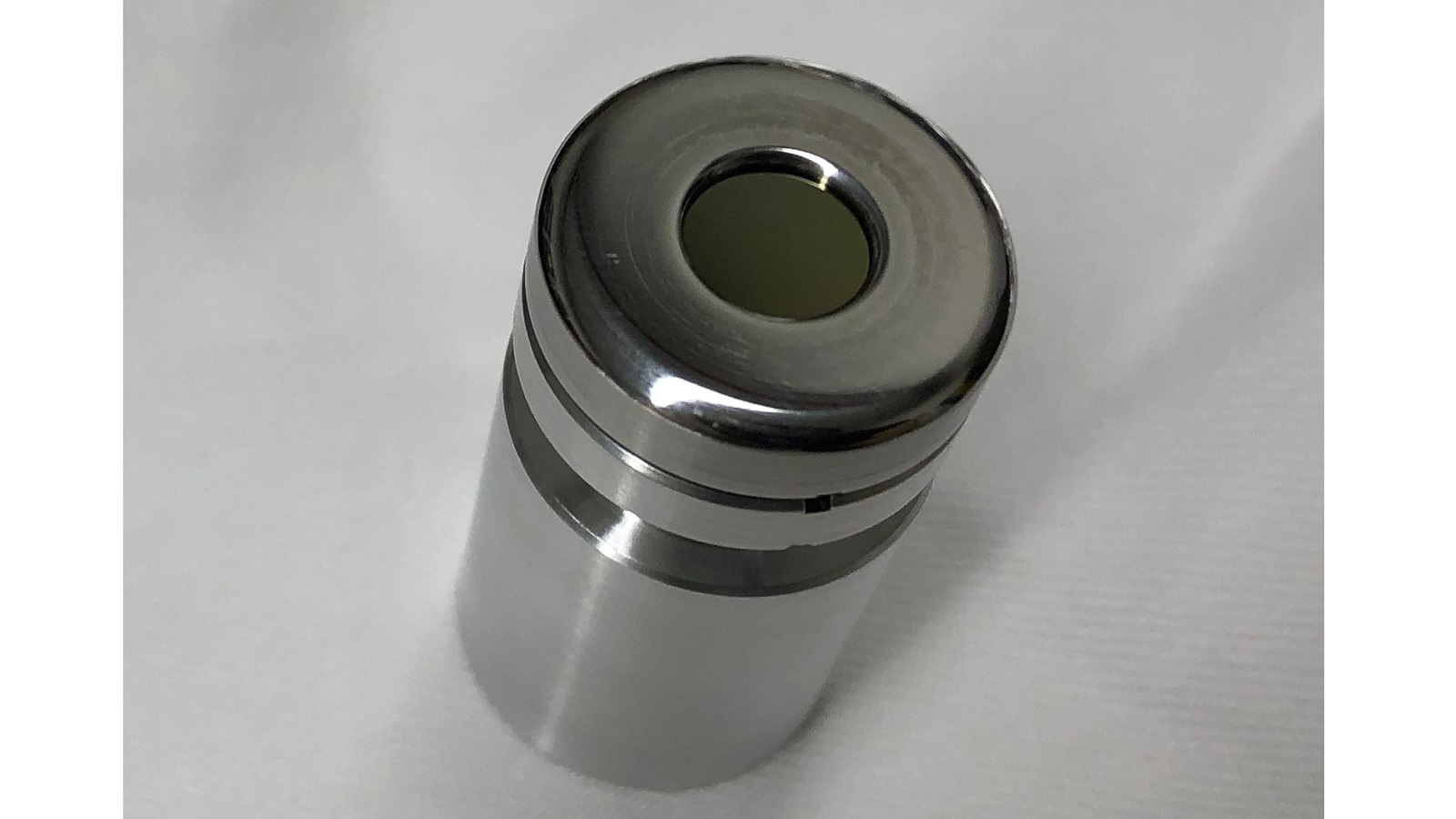
Tiny diamonds prove an excellent material for accelerator components
In a new study from the U.S. Department of Energy’s Argonne National Laboratory, researchers have demonstrated a new material that has an excellent balance of parameters needed to generate a good accelerator beam.

Supercomputers Aid Scientists Studying the Smallest Particles in the Universe
Using the nation’s fastest supercomputer, Summit at Oak Ridge National Laboratory, a team of nuclear physicists developed a promising method for measuring quark interactions in hadrons and applied the method to simulations using quarks with close-to-physical masses.
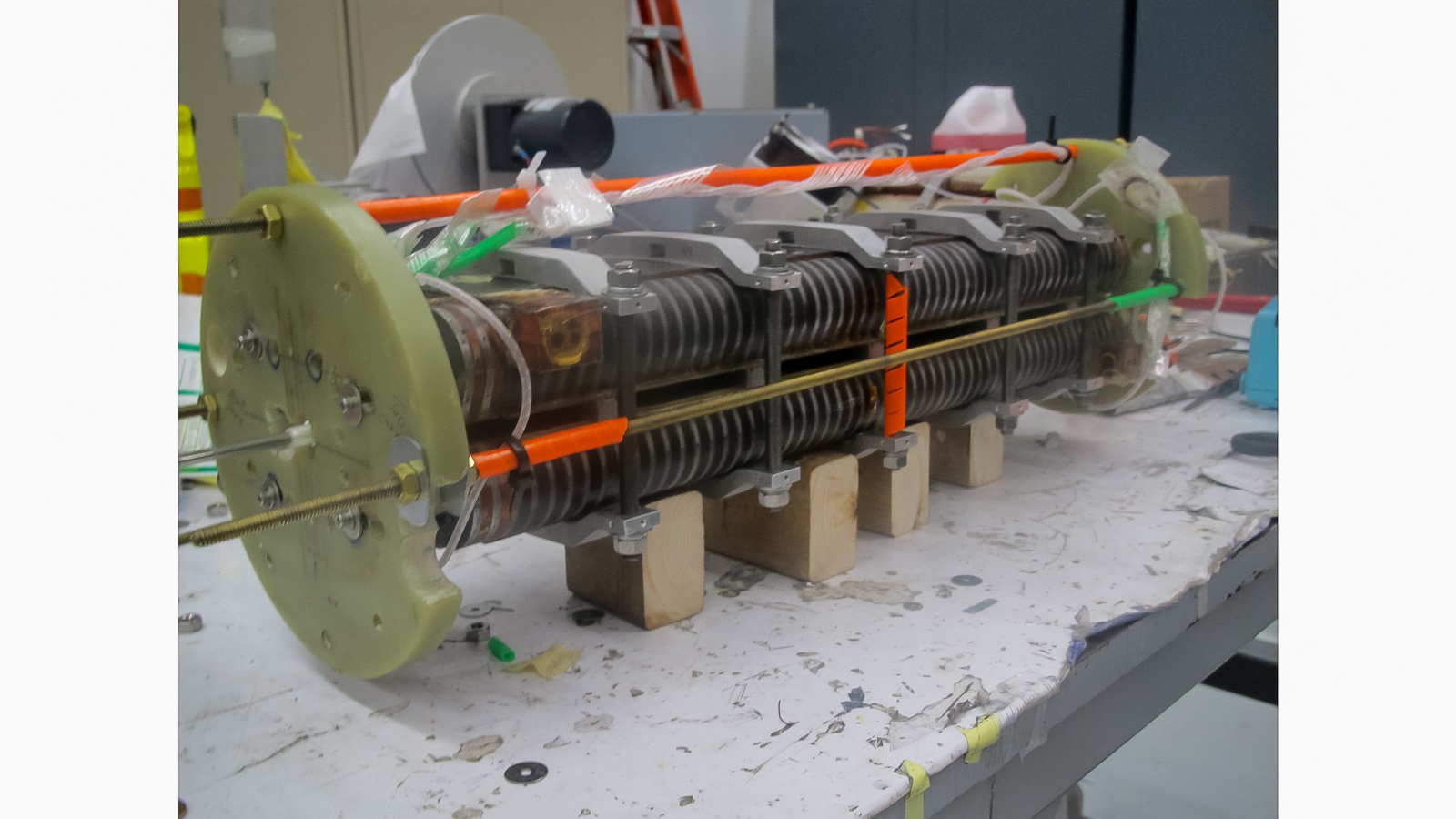
National laboratories’ magnet designers look to the future of light sources with new prototype
After more than 15 years of work, scientists at three DOE national laboratories have succeeded in creating and testing an advanced, more powerful superconducting magnet made of niobium and tin for use in the next generation of light sources.
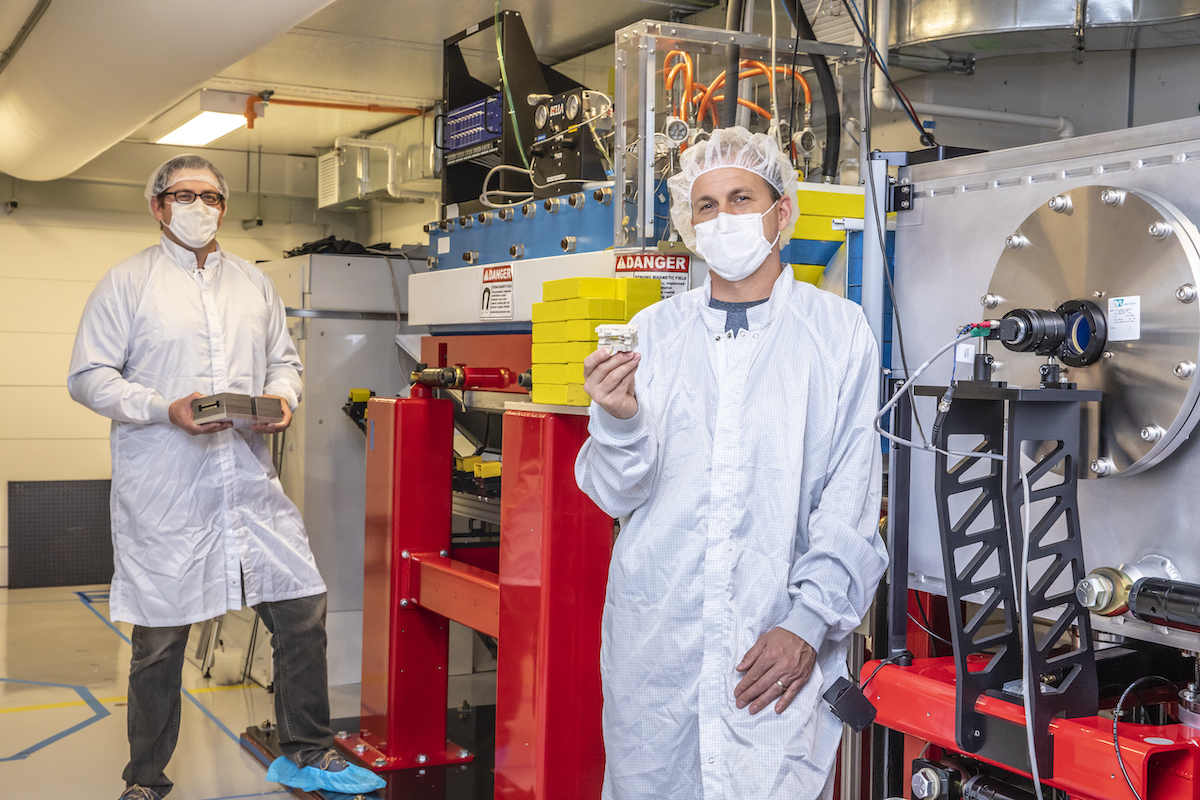
A New Way to Measure Record-Setting Electron Beams
A new, compact system has been successfully demonstrated at the Berkeley Lab Laser Accelerator (BELLA) Center to provide simultaneous high-resolution measurements of multiple electron-beam properties.
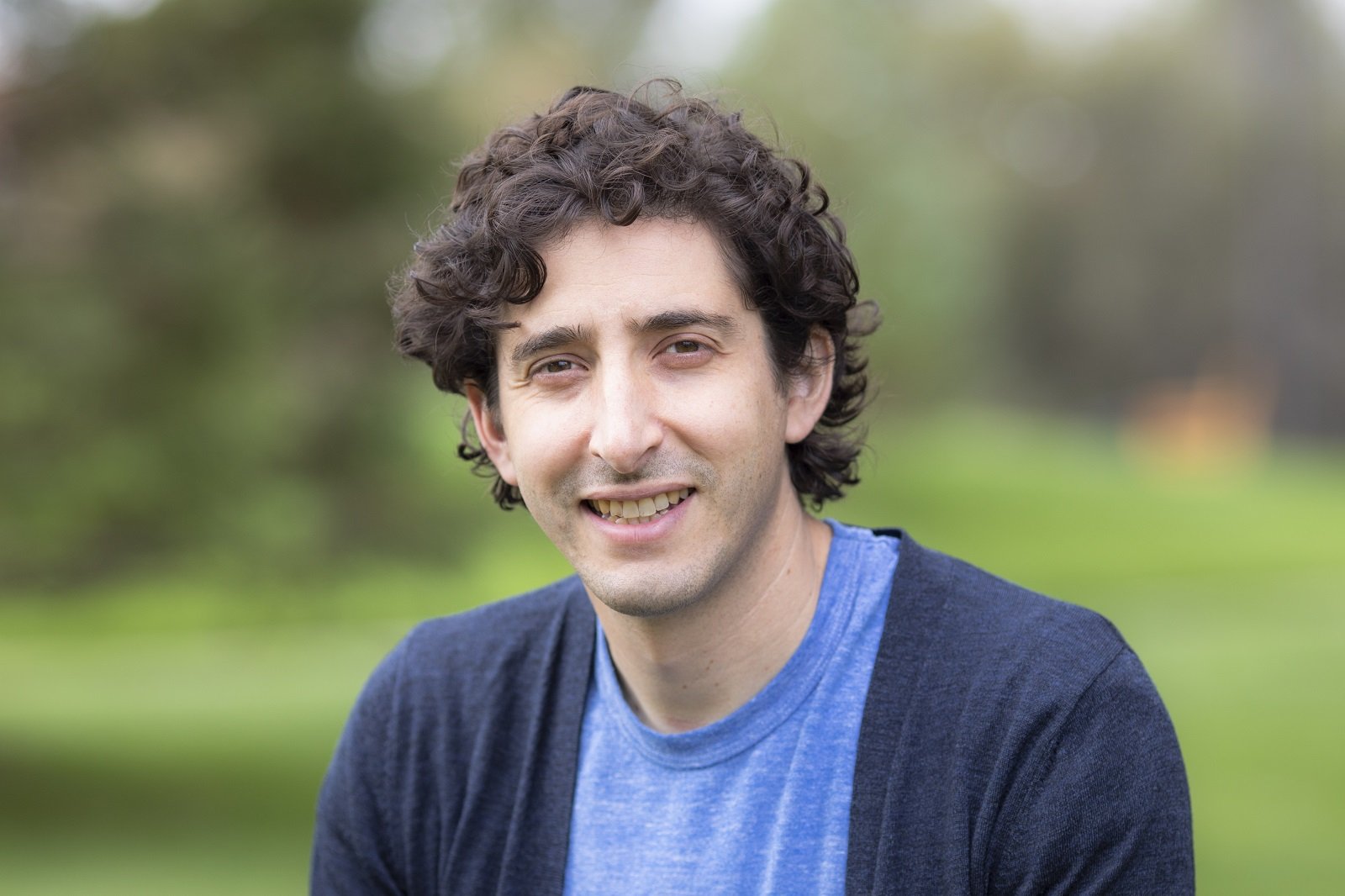
Q&A: How machine learning helps scientists hunt for particles, wrangle floppy proteins and speed discovery
At the Department of Energy’s SLAC National Accelerator Laboratory, machine learning is opening new avenues to advance the lab’s unique scientific facilities and research.

Auralee Edelen and Wai Ling Wu receive 2020 Panofsky Fellowships at SLAC
Their work uses machine learning to transform the way scientists tune particle accelerators for experiments and solve longstanding mysteries in astrophysics and cosmology.

Controlling Light to Accelerate Electrons in Just Meters
A new paradigm in particle accelerator design paves the way to dramatically smaller accelerators. The novel “dephasingless laser wakefield accelerator” concept uses a new technology called “flying focus.” That combines special optics to shape an ultra-short, high-intensity laser pulse.
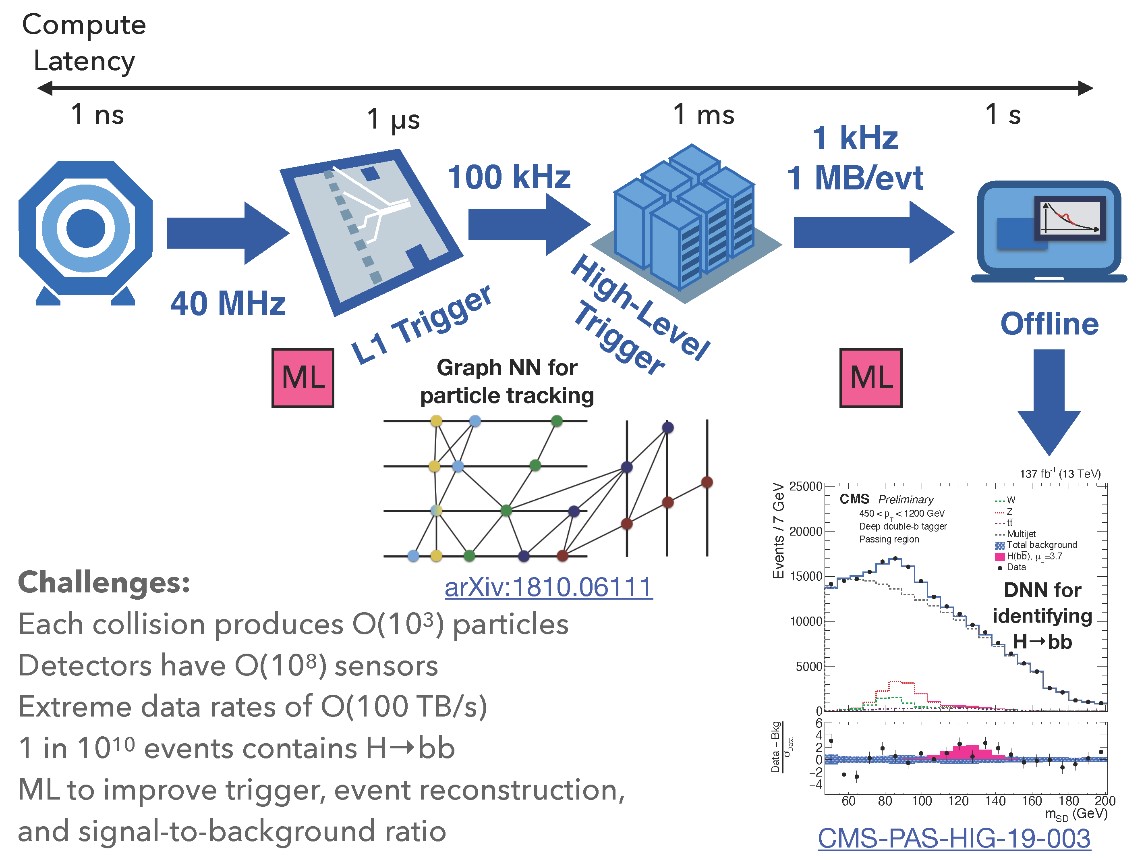
National Science Foundation Awards $5 Million to Develop Innovative AI Resource
The NSF has awarded the San Diego Supercomputer Center (SDSC) at UC San Diego a $5 million grant to develop a high-performance resource for conducting artificial intelligence (AI) research across a wide swath of science and engineering domains.
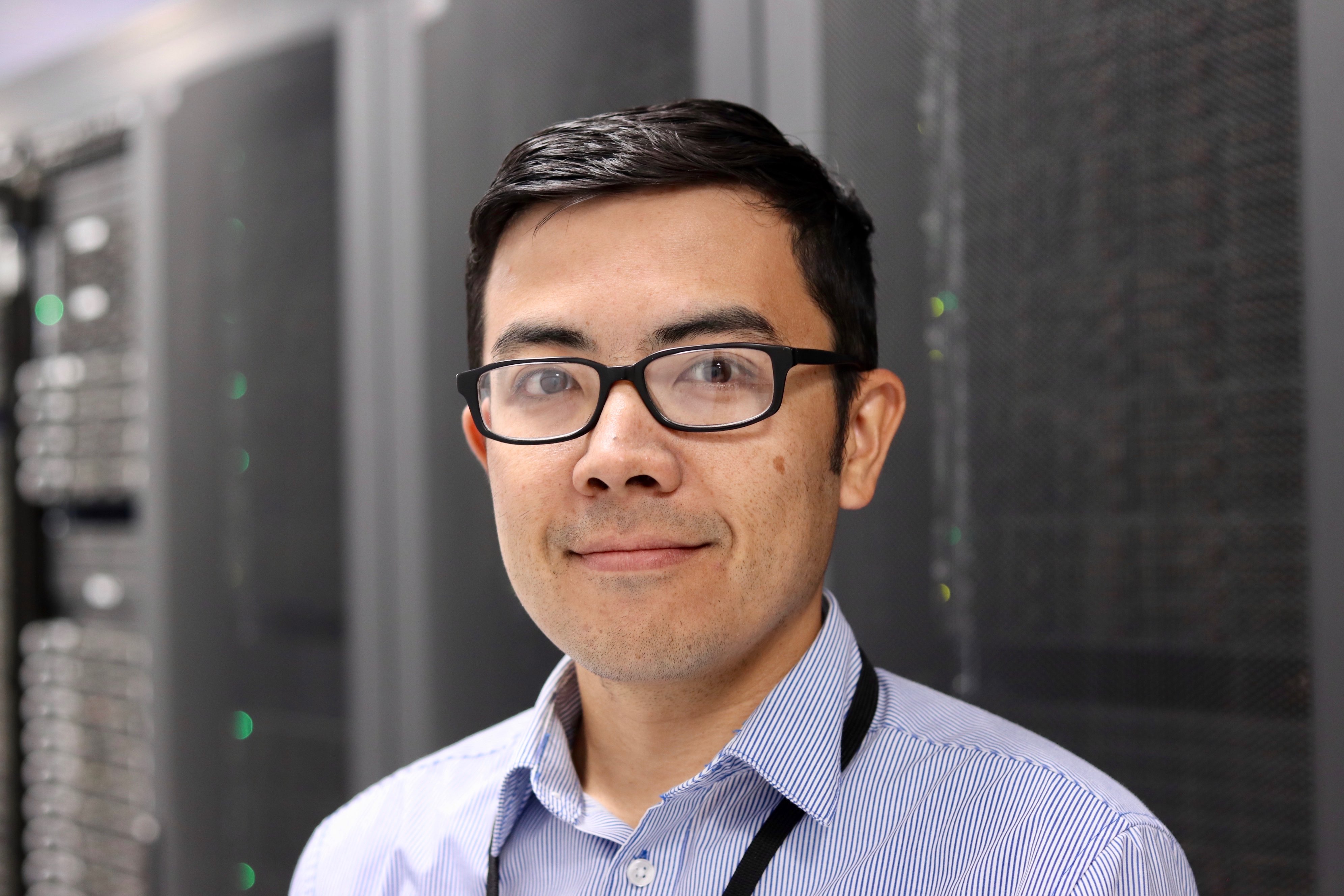
Analyzing Matter’s Building Blocks
Nobuo Sato is working to put the know in femto. He’s just been awarded a five-year, multimillion dollar research grant by the Department of Energy to develop a “FemtoAnalyzer” that will help nuclear physicists image the three-dimensional internal structure of protons and neutrons. Now, Sato is among 76 scientists nationwide who have been awarded a grant through the DOE Office of Science’s Early Career Research Program to pursue their research.
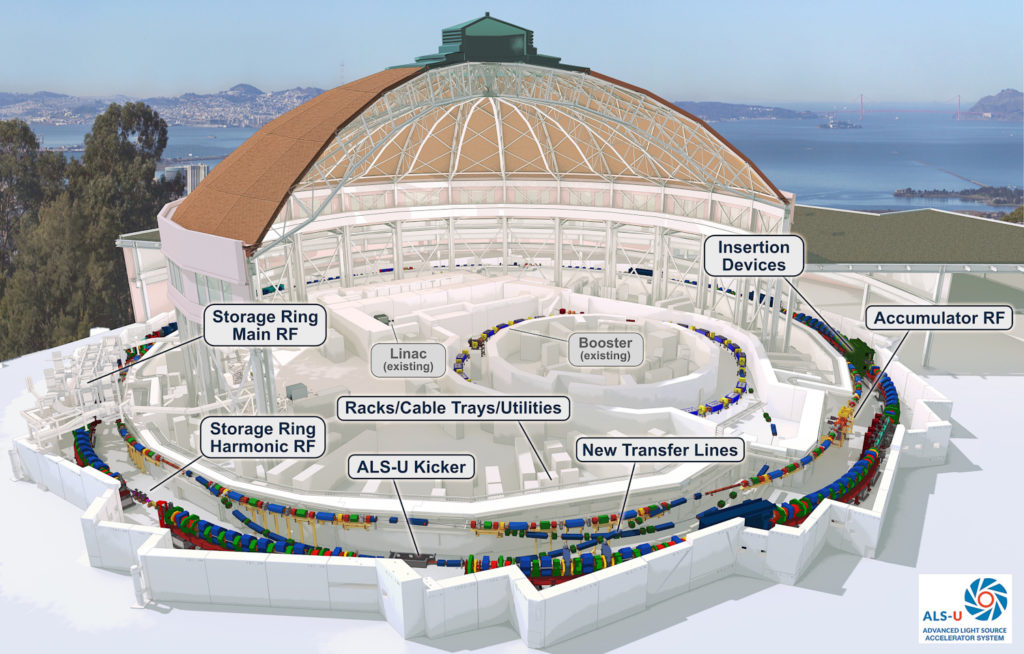
Milestone in Advanced Light Source Upgrade Project Will Bring in a New Ring
An upgrade of the Advanced Light Source, a synchrotron at the U.S. Department of Energy’s Lawrence Berkeley National Laboratory (Berkeley Lab), has passed an important milestone that will help to maintain the ALS’ world-leading capabilities. On Dec. 23 the DOE granted approval for a key funding step that will allow the project to start construction on a new inner electron storage ring known as an accumulator ring.
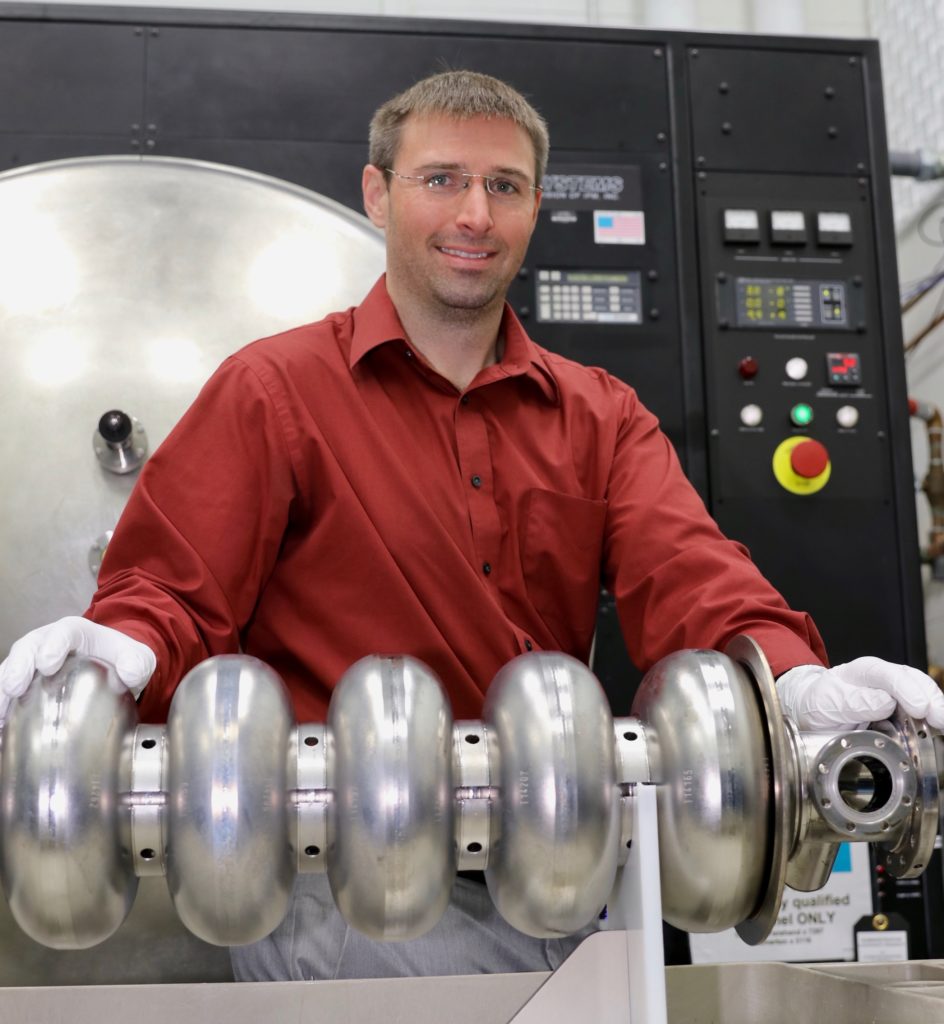
Cooking Up a New Theory for Better Accelerators
While particle accelerators may be on the cutting edge of science, the building and preparation of some particle accelerator components has long been more of an art form, dependent on recipes born of trial and error. Now, Ari Deibert Palczewski hopes to change that. A staff scientist at the Department of Energy’s Thomas Jefferson National Accelerator Facility, Palczewski has been awarded a DOE Early Career Research Program grant to put the science back into particle accelerator preparation.